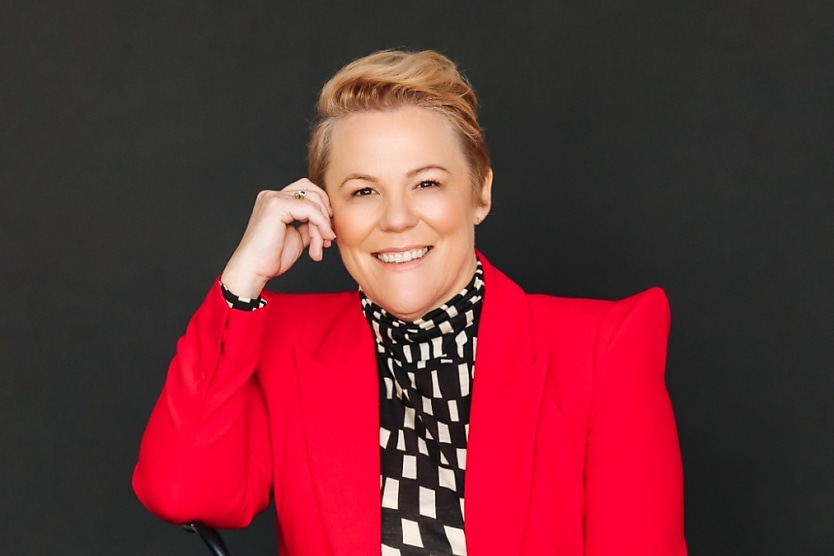How the C-suite is instrumental in developing future executives
SHARE THIS ARTICLE

Do you ever read Dilbert cartoons? The pointy-haired boss is someone we all know, may sometimes be, and have definitely worked for at least once. It’s scarily accurate and funny because it’s true. He talks about middle managers as “the glue that binds the apathy to the vague objectives.” The triple-edged irony! Delicious.
Yet it’s pretty evident that Dilbert doesn’t much like middle managers. In fact, most of his gags are at their expense, and until very recently, he was not alone. Most consulting firms had them squarely in their sights, too — for a while, cutting middle management became so prevalent that it earned its own elegant label: ‘delayering’.
Remember that?
Yet in the last eighteen months, I have a seen a complete change of heart in many organisations.
I’ve been working to develop modern middle managers for the last four years — who Boston Consulting Group now recognise as the “forgotten but critical cohort” of business, and who I call the ‘B-suite’. And while B-suite leaders have a very different role to the middle manager immortalised by Dilbert, many of them still come with the same mindset, beliefs, habits and behaviours — which they need to reshape.
According to DDI’s 2021 Global Leadership Index, only 38% of CEOs are satisfied with their mid-level leaders.
Yesterday’s bureaucrat, middleman, and micromanager needs to become today’s influencer, connector, and decision-maker.
Research shows that, on firm, the B-suite is the single biggest contributor — and detractor — of workforce retention, resilience, inclusion, and engagement. They are also central to the success or failure of your change and growth aspirations.
The value of B-suite leadership has never been more evident than during the pandemic and yet those same leaders are struggling with the ‘return to office’ debate and many of them are choosing to opt out of leadership rather than persist with the impossible balance between workforce and corporate needs.
So, if you have a lingering feeling that your middle managers haven’t yet made the switch to B-suite leaders, here’s a few signs that will tell you if you are right, plus a few tips on how you might address this:
Your succession plan has holes in it? Build B-suite leaders with C-suite impact.
If your succession plan is full of holes (like 88% of businesses in Australia), it’s clear that you’re not developing a B-suite with C-suite impact: and you’ll have to take risks on strangers coming out of an overheated market to fill the gaps. You can solve this issue with your own B-suite leaders with three key tactics:
- Experience — provide expert mentoring with a strong mindset flavour to help them overcome ingrained habits and take the step forward as a B-suite leader with C-suite impact.
- Exposure — provide internal mentoring to allow them to see what stepping into the C-suite actually looks like.
- Empowerment — give them increased decision-making rights as their capability grows, so they can appreciate the real pressure of increased complexities, trade-offs and risks.
Your change initiatives fail to stick? Get circular about your change process.
Without your B-suite, transformation fails. In today’s world, change and disruption is so frequent that you need to rethink your change approach from linear to circular.
This puts your B-suite leaders at the centre of an eternal loop of insight, influence, and development.
This means bringing them into the tent to gain their insight, leveraging their influence both upwards (to their C-suite) and down to their teams, and then conducting team training-by-leader to create deeper capability, greater change alignment and consolidating the role of leader as coach.
Your leaders are leading ‘by the book’? They need B-suite training.
Traditional leadership training is what to do as a manager, not how to be as a leader. It reinforces the leader as a rule-follower but does nothing to develop a C-suite mindset, who — let’s face it — are the rule-makers and breakers!
This dependency on policy over principle needs to be trained out of your B-suite, because it means that when they are faced with a problem that you don’t have a policy for (of which there are more and more each year) they are paralysed or make mistakes, both of which put your business at risk.
Developing your leaders to confidently navigate new scenarios based on principles rather than policies enables them to start operating more like their C-suite leaders do, and will make them more adaptable to the rate of change we experience today.
Your middle managers are not taking accountability? Review your decision-making.
Chains of command make middlemen out of middle managers. Simply telling them to be more accountable or to feel more empowered does not work.
Your problem is either not enough clarity over how their accountability has changed — and it has increased exponentially over the last four years — or it’s not enough empowerment. If your C-suite is saying 'be more accountable' but still hold all the delegations, decisions and chair all the committees, then they are sending mixed messages. To empower someone actually means to give them power.
Responsibility without authority is a catastrophe. It’s why middle managers are frozen, uncertain, and getting angry.
The B-suite is indeed a critical but neglected cohort, but there are plenty of ways that HR can invest in targeted interventions to develop B-suite leaders with C-suite impact.
Rebecca Houghton is the author of ‘Impact: 10 Ways to Level up your Leadership’
RELATED TERMS
Planning for future leadership transitions of present employees is known as succession planning, and it is done to avoid management skills gaps and skill gaps.
